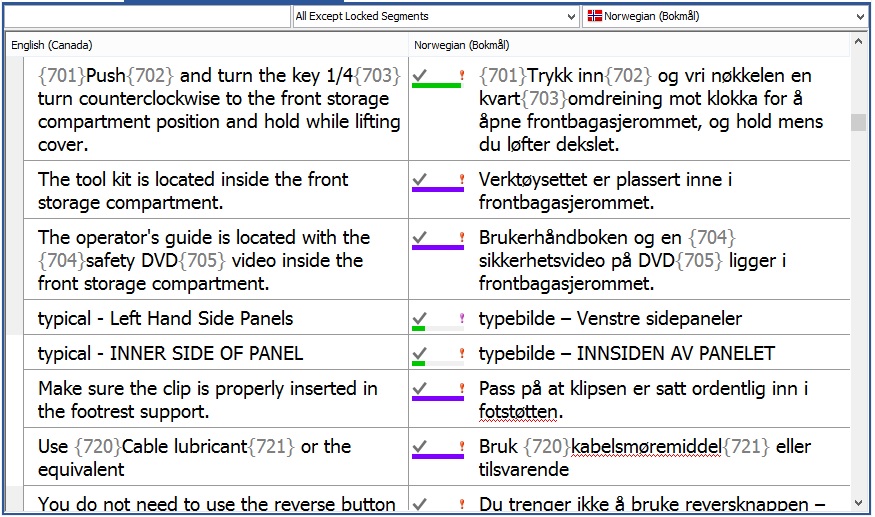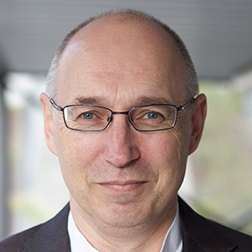CAT tools
“Other CAT tools have users; Déjà Vu has fans,” as translators like to say. Having used various CAT tools over the years, we can understand why.
A translator’s best friend and lifelong companion is a computer program. No, not Google Translate, but a CAT tool (“CAT” being an acronym for “Computer-assisted translation”).
All CAT tools work in same way: by automating the translator’s work as much as possible. The software works by splitting the text to be translated into segments. It then searches for any segments that are repeated or that have already been translated, checks that individual words have been translated consistently, and can perform a hundred other functions that save the translator time.
Examples of CAT tools include Déjà Vu, SDL Trados, memoQ, TransStudio, Wordfast and Wordbee. The difference between them is in the details. For example, how does the software handle hidden text in Excel, or process a hundred XML files contained in one immense folder structure, or deal with four files in Word, Excel, PowerPoint and InDesign formats that need to be translated simultaneously?
Our preferred CAT tool is Déjà Vu.

Screenshot from Déjà Vu.
Instant efficiency
Déjà Vu handles all the routine operations, such as saving as you go, reusing previous translations and established terminology, and checking for quality and consistency, so that the translator can focus all their efforts on the translation at hand.
Projects with multiple files and formats
Déjà Vu can handle an unlimited number of files in each project. Importing different file formats into the same project is simple, and the tool can work with these different formats, such as Microsoft Office, Adobe InDesign, HTML and XML, as if they were a single file.
Termbases (TBs)
It is simple to construct glossaries for translation projects, or import terminology from existing glossaries in other file formats, such as Excel or Word. These glossaries are known as termbases (TBs).
Greater reuse
All CAT tools have their own databases, which are known as translation memories (TMs). Déjà Vu has a more advanced TM than the TM systems you usually find in other CAT tools. If no exact match for a segment exists in the TM, Déjà Vu uses relevant sentence fragments, terms and sentences with similar structures to piece together a translation. While this obviously needs to be checked by a translator, it still saves a great deal of time.
What you see is what you get
In most CAT tools, the text is displayed in a table, with the source text segments on the left and corresponding target segments on the right, as shown above. Any text formatting, such as bold, italic and underlining, is replaced with codes. In Déjà Vu, the text is displayed in a WYSIWYG preview window, helping the translator to understand the context that surrounds the text.
Quality assurance
Déjà Vu automatically checks that the terminology used in the translation is consistent, and that the numbers and values in the source text correspond with those in the target text.
Compatibility
Files, TMs and TBs created in other CAT tools can be imported and exported directly, without any complicated conversion operations.
Different countries; same CAT tool and TM
In Samtext’s version of Déjà Vu, the TM is stored on an online server, which means it is available to all our translators around the world. This facilitates simultaneous collaboration, as our translators can see what the others are doing in real time.
Multilingual projects
Déjà Vu can accommodate an unlimited number of target languages in the same project, and the TM can be used in both directions between all languages.
Guaranteed correct reuse of segments (“matches”)
The translator need not worry about multiple matches – Déjà Vu takes the context of the segment into account. If there are multiple possible translations, there is a high probability that Déjà Vu will choose the correct one.



